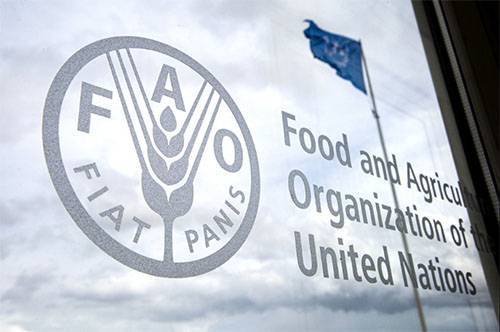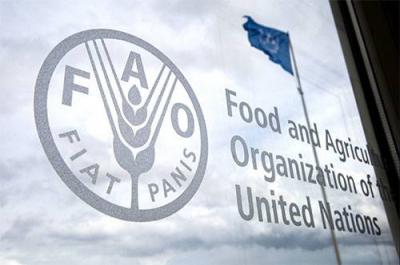The Food and Agriculture Organization (FAO) price index increased in April for the first time in a year. The organization indicated today, Friday, that "the index, which measures the prices of the most traded food commodities globally, reached an average of 127.2 points last month, compared to 126.5 in March, with the March reading initially set at 126.9 points."
The organization added: "The rise in April reflects increases in the prices of sugar, meat, and rice, which offset the impact of declines in prices of grains, dairy, and vegetable oils." Maximiliano Torero, FAO's chief economist, stated: "As economies recover from a significant slowdown, demand will increase, leading to greater pressure on food prices."
The sugar price index rose by 17.6% compared to March, reaching its highest level since October 2011. The organization indicated that "this increase is linked to concerns about supply shortages following downward revisions of production forecasts in India and China, along with lower-than-previously-expected production in Thailand and the European Union."
While the meat index rose by 1.3% month-on-month, dairy prices fell by 1.7%, vegetable oils by 1.3%, and grains by 1.7%. The decline in global prices for all major grains overshadowed the increase in rice prices.
Torero considered that "the increase in rice prices is extremely concerning, and it is essential to renew the Black Sea initiative to avoid any further increases in wheat and corn," referring to the Ukrainian grain export agreement.
In a separate report on grain supply and demand, the FAO projected that global wheat production in 2023 would be around 785 million tons, slightly lower than 2022 levels; however, it represents the second-largest production ever recorded. The FAO also raised its estimates for global grain production in 2022 to 2.785 billion tons, up from previous estimates of 2.777 billion, reflecting a 1% decrease from the previous year.
The FAO estimated that global grain consumption in 2022-2023 would reach 2.780 billion tons, down 0.7% from 2021-2022. It is expected that global grain stocks will decline by the end of the 2022-2023 season by 0.2% from their initial levels to 855 million tons.




